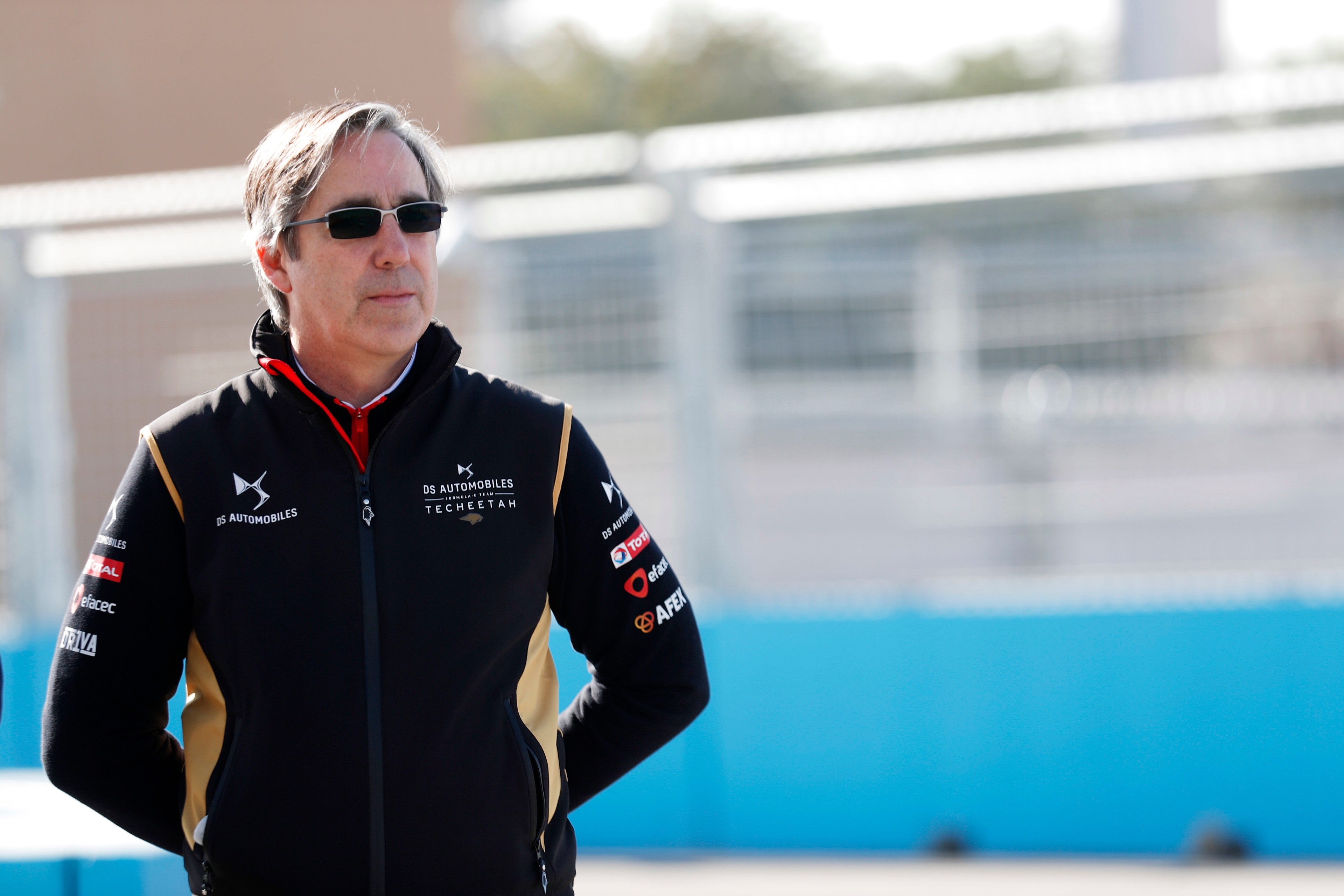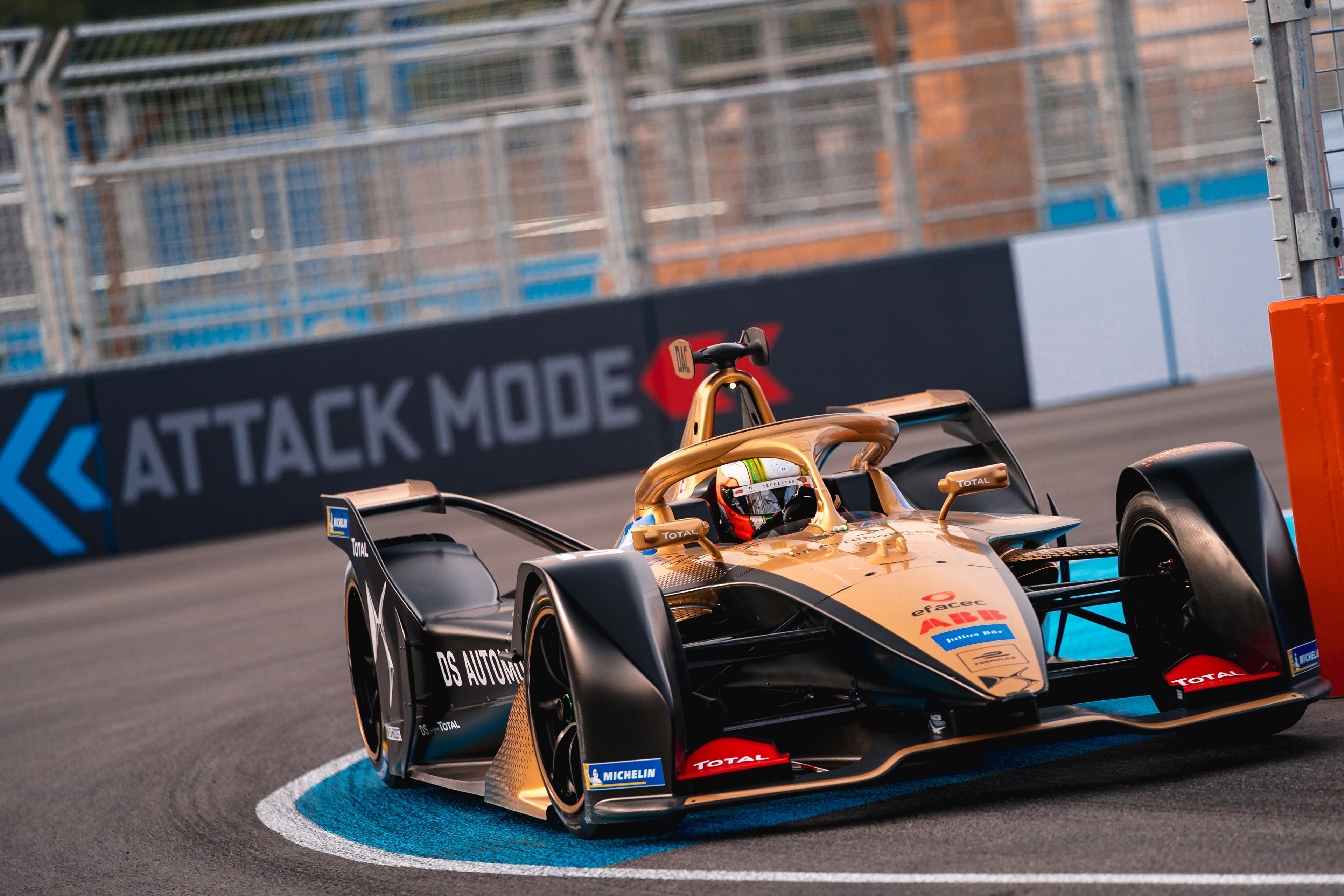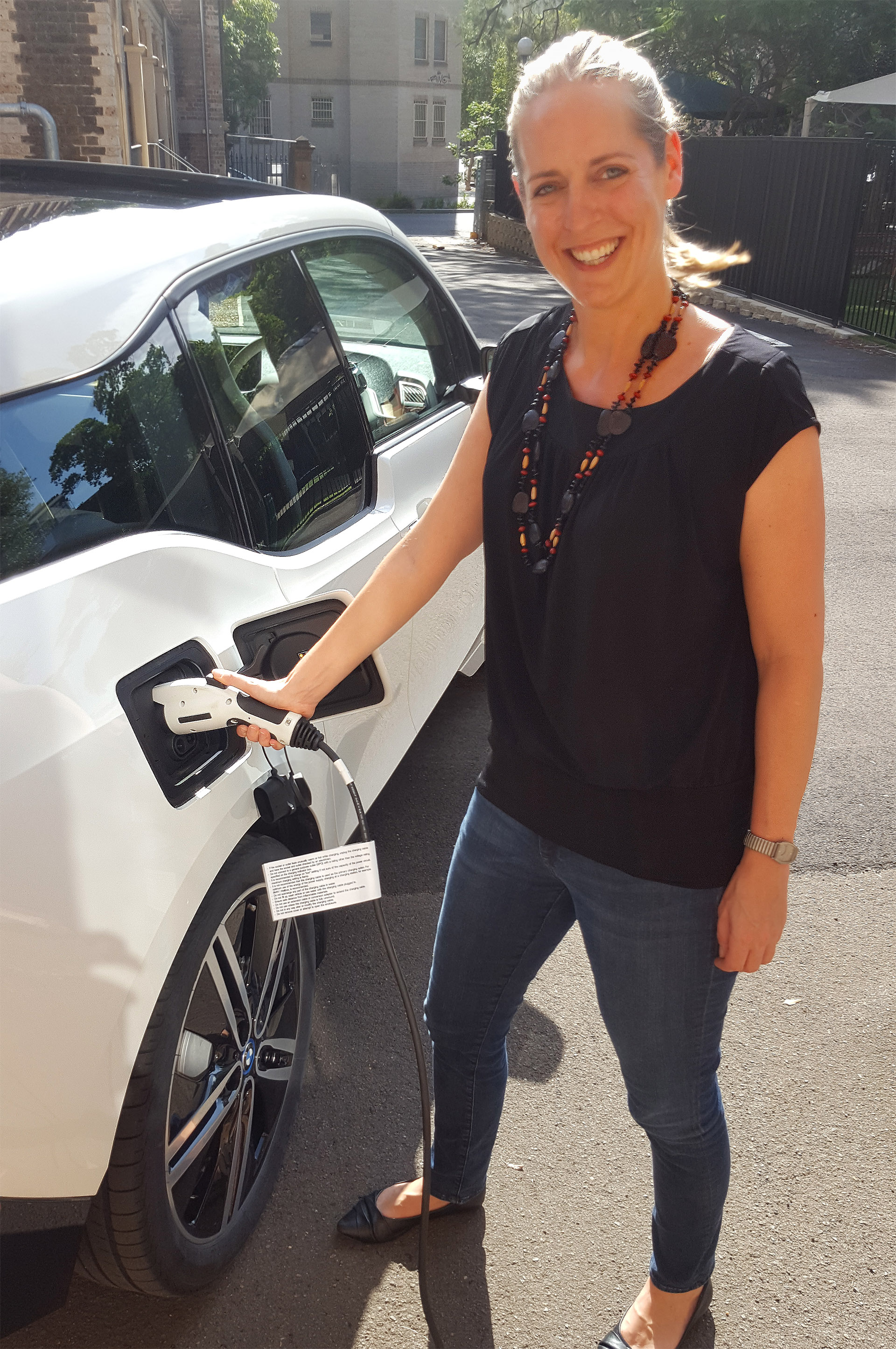Alternatively, she says, local governments can intercede using their legal authority to begin to condition building codes to embed EV infrastructure into new builds or incentivise retrofits.
Miller is imagining a future where councils pool their funds to buy up essential transport infrastructure such as service stations and converting those to community owned “electricity substations”.
“There’s an opportunity through planning to say, ‘hang on a minute’. Things like roads and transport, if we take a step back and remind ourselves that these are community assets, then what if we went to our communities and said, instead of being cost-shifted and your rates going up all the time when there’s an emergency or something needs to be fixed, how do you feel about that money going in to community infrastructure. Or, how do we retrofit assets that we already own to flip the current model?”
Taking Charge
As it stands, the chicken and egg game currently in play between with rollout of public infrastructure needed to underpin a move to Mobility as a Service and the uptake of EVs themselves, means companies building charge stations are stoic about the outlay of patient capital, for the moment.
Evie, which was in August awarded a $15 million grant from Federal Government body Australian Renewable Energy Agency to help its rollout of ultra-fast charging stations around Australia, is building 350kW chargers, which will charge about the equivalent kilometres per ten-minute block.
No car can take that speed of charge yet – the closest is the high-performance Porsche Taycan, which has a 270 kW charger – but the expectation is that with the number of auto manufacturers globally forecasting significant numbers of new cars being built electric by 2025, the battery capacity will quickly come.
While it is some way off, the idea that fuel cells, rather than batteries might be powering EVs could pose a risk to any imagination of the future that involves a national grid that’s reliant on mobile battery storage and V2G technology in cars.
And there is the possibility of fixed battery technology improving to the point of supporting grid reliability, with the costs dropping and efficiency rising – particularly if technologies such as graphene are able to be further developed – that might provide alternatives to the need for orchestration of fleets. It’s an alternative future that energy companies and governments have in the back of their minds, and one that EY’s Matt Rennie believes is a matter of not if, but when.
“There has been more than $700M in equity capital raised over the last three years to arbitrage the capital flows being directed at peak demand in networks”, he says. “Every dollar of that is chasing the opportunity to shift the peak in a network level and add to system reliability and to be paid for that”.
For Jonas, the digital future is not as close to science fiction as people might imagine. “Definitely at some stage we’ll have cars that can charge at charging stations without the intervention of humans… there will be heaps of new business models for how this will be facilitated and energy provided.”
And the tech is already here for driverless cars, or ‘robotaxis’. Some of the first autonomous vehicles were being tested back in the 1990s, and 2016 saw public tests of ‘platooning’, involving clusters of transport trucks travelling in convoy with a human supervisor in the lead truck.






